Five churches of Scotland with dark and bloody pasts
This article contains affiliate links. We may earn a small commission on items purchased through this article, but that does not affect our editorial judgement.
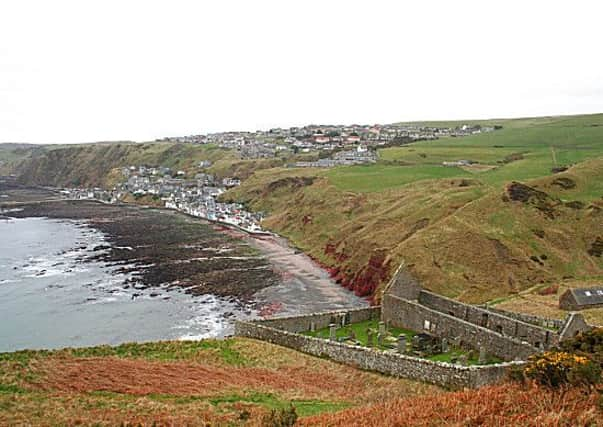

Whether it be marauding Vikings, the Wars of Independence or the Reformation, these so-called Houses of God have been the scene of horrific bloodshed and power play over time.
St John’s Church, Gamrie, Moray - where the heads of defeated Danes hung
Advertisement
Hide AdAdvertisement
Hide AdSt John’s Church in Moray is said to have hosted a collection of Viking skulls, fixed to the wall on the east side of the pulpit, well into the 19th century.
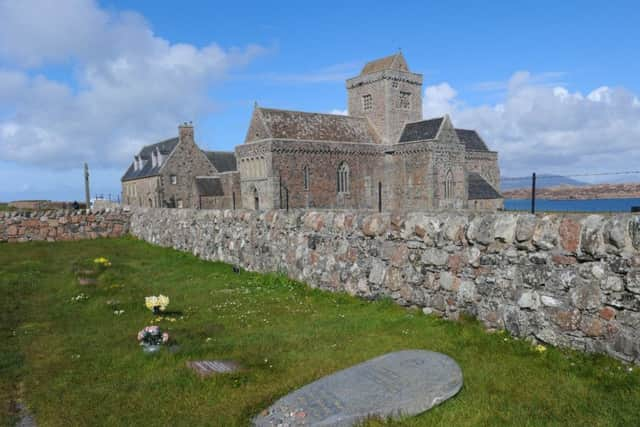

They were collected after Scots successfully took possession of a nearby hill, directly over a camp of Danes, by rolling large stones on to the invaders.
The Danes scattered, many into the path of waiting scots on the north-east brow of the hill where they were cut to pieces. The place is still called the Bleedy Pits.
It is said that the heads of defeated Danes were then brought to the church for display.
Greyfriars Church, Dumfries - Where Robert the Bruce stabs a rival to death
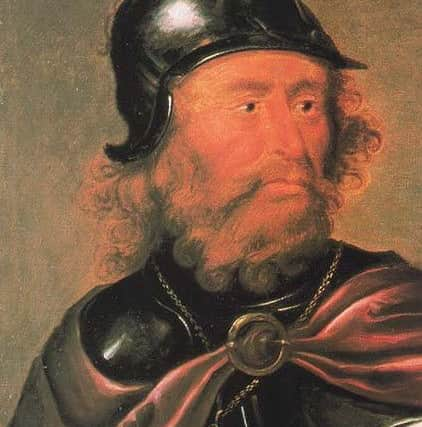

Robert the Bruce and Red Comyn, Lord of Badenoch, met at Greyfriars Kirk in Dumfries on February 10 1306 and what happened thereafter has been subjected to hundreds of years of debate.
The two men were entrenched enemies.
Bruce had called the meeting at the church and one version of events is that both men left their swords outside as they entered the church.
Advertisement
Hide AdAdvertisement
Hide AdHowever, a fight broke out before the high altar and Bruce stabbed his adversary.
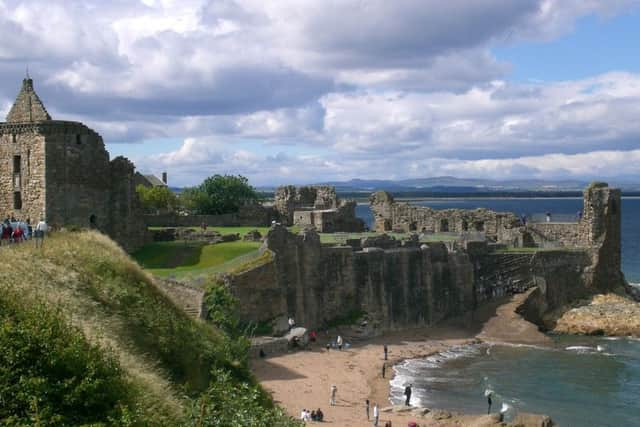

It is impossible to know what happened in the Kirk but theories abound as to whether Bruce had planned to kill Comyn and seize the throne or if Comyn drew his dagger first.
A letter from the English court to the Pope may shed some light on events.
The document states: ‘Bruce rose against King Edward as a traitor, and murdered Sir John Comyn, Lord of Badenoch, in the church of the Friars Minor in the town of Dumfries, at the high altar, because John would not assent to the treason which Bruce planned... to resume war.. and make himself king of Scotland.’
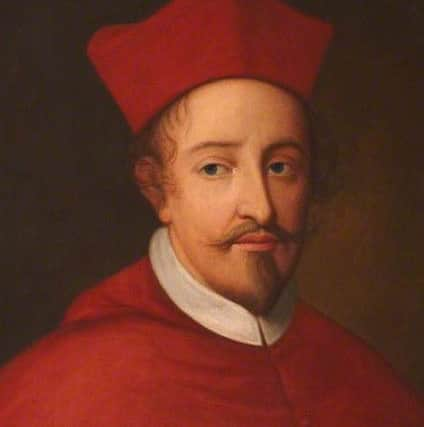

Iona Abbey - where Vikings mass murdered and pillaged
Vikings attacked the Christian stronghold of Iona Abbey on four occasions, once in AD 795 then 802, 806 and finally 825. The third assault was the most devastating with 68 monks killed by the shore at Martyr’s Bay.
The final attack ended with the murder of St Blathmac and the monks who had remained at the sacred site.
It is said St Blathmac was celebrating mass when the Vikings arrived to demand to the whereabouts of the shrine of St Columba, St Blathmac refused and he was hacked to death on the altar step.
Advertisement
Hide AdAdvertisement
Hide AdThe bloodshed at Iona - known as Ilkolmkill to the Vikings- followed similar attacks at Lindisfarne in Northumberland with the monasteries proving to be treasure troves for the pagan raiders.
An account of the attack on Lindisfarne, from a north English chronicle of the time, paints a picture of a Viking raid:


“They miserably ravaged and pillaged everything; they trod the holy things under their polluted feet, they dug down the altars, and plundered all the treasures of the church. Some of the brethren they slew, some they carried off with them in chains.”
St Giles’ Cathedral, Edinburgh - the scene of a game changing riot
A riot broke out at Edinburgh’s famous St Giles’ Cathedral in 1637 after the new English-style prayer book was read from during a service.
It is said violence erupted when local street seller Jenny Geddes threw her stool at the Dean, James Hannay, as he began to read from the scripture and cried ‘Dinna say Mass in my lug!’
Some historians believe that the Jenny Geddes story was a 19th century addition to events although it is true that the disturbance occurred.
Advertisement
Hide AdAdvertisement
Hide AdThe riot led directly to the Wars of the Covenant, the Wars of the Three Kingdoms, the English Civil War, the execution of Charles I and Cromwell’s occupation of Scotland.
It was period of unrest and conflict lasting 23 years with its origins lying in the accession to the throne of King Charles I in 1625. Eight years later he got round to holding a Scottish coronation, which was staged in St Giles’ Cathedral.
St Andrews Castle - the murder of Cardinal Beaton
St Andrews Castle, the home to the church in Scotland for hundreds of years, was scene to the audacious 1546 murder of Cardinal Beaton, Archbishop of St Andrews, the most important churchman of the day.
Cardinal Beaton was a key figure in the early years of Mary’s reign and came down hard on the new breed of heretics to be found in Scotland.
In 1546 he made an example of the young charismatic Protestant preacher George Wishart by having him burned at the stake for heresy and he watched the execution from his bedroom window at the castle.
Wishart’s friends vowed vengeance on the pro-French cardinal and embarked on an English-backed plot to assassinate Beaton, which lead to the occupation of St Andrews Castle.
Conspirators were led by Norman Leslie, Master of Rothes, William Kirkcaldy of Grange and John Leslie of Parkhill.
Advertisement
Hide AdAdvertisement
Hide AdPosing as workmen, they entered St Andrews Castle at daybreak of 29 May 1546, killing a porter in the process.
When Leslie ordered the cardinal to open his door, Beaton refused. But when the assassins prepared to burn him out, Beaton pleaded that they not kill him and when the attackers agreed, he opened the door. Sitting in a chair, he protested, “I am a priest, I am a priest; you will not slay me.”
Rebuking Cardinal Beaton for his wicked life and especially for the murder of Wishart, the men thrust a sword twice through his body.
Cardinal Beaton’s body was left hanging out of his bedroom window for all to see - with the story going that he was then pickled in a barrel or brine and stored in the castle dungeon.
DOWNLOAD THE SCOTSMAN APP ON ITUNES OR GOOGLE PLAY
